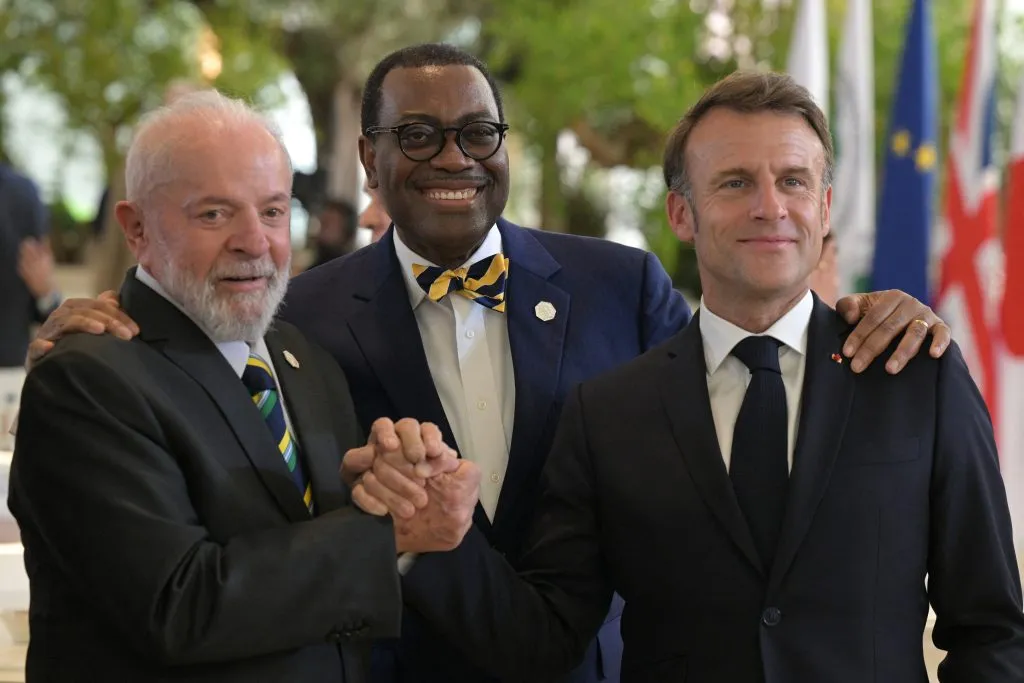
This article is sponsored by Backbase
African Banker: What do you think is the secret to a successful digital transformation strategy?
Nvalaye Kourouma: In the transformation journey, it is really about making sure that you have the right infrastructure. And then you spend some time making sure that you have the use cases, you have the applications, and you have the right elements to engage the customers.
Then you have the commercialisation, which is really about scaling up, making the business fully benefit from the digital investment. So, I think we are at this third stage now, where it is really about scaling our digital capabilities.
We have the right infrastructure in place. We have the right solutions and products in place, which customers are using, and we are highly digital in our interaction with them. Just to give you some idea, about 90/92% of our total transactions happen on a digital platform today.
African Banker: In some of the markets where you operate, this might be the first time that some have engaged digitally with a bank. What’s the process for scaling up?
NK: I would like to change the hypothesis that the customers are not digital in nature. I think that depending on the segment and the type, you already have a very high level of digitisation.
When you look at urban youth and young professionals for example, there’s a high level of digitisation. You are right to suggest that in the more remote places, the more difficult it is for people to engage digitaliy. But even there, there’s a high level of digitisation, if not of the same type.
It’s significant that the level of digitisation doesn’t always translate into digital financial services. People might be very active on social media, for example, but it doesn’t mean that they are banking with an app. That is a nuance we need to be aware of.
What we are doing is providing the right solution and the right experience. The user interface that we are putting out there in front of the customer needs to be intuitive, easy to use.
The technology has to fit within that environment. That is why we have the USSD channel, for example. The USSD channel is a simple channel for a feature phone. Whereas you have the app that will be more relevant for those who have a smartphone. And then you have the web, which is for those who have a laptop and can maybe spend more time online.
We are making sure that we deliver the right customer experience – with the right solution, the right product, and the right technology.
African Banker: Until fairly recently, it was said that the Francophone markets tended to be more resistant than the Anglophone markets to digitisation. Has that been your experience?
NK: The operating market that you see in Francophone countries is just as promising nowadays.
If you look at the mobile money journey, Kenya was a front-runner. East Africa benefited from that. Nigeria never really jumped on the wagon. South Africa tried it, but it did not really work. West Africa in that sense, for the mobile money space, was a little bit of a laggard. Ghana came in and then Côte d’Ivoire, Senegal.
But today, when you look at the growth of mobile money, some of the fastest growth markets are actually Francophone countries.
I see an African approach on the digital front, which is progressing. Everybody is moving forward, if not at the same pace.
African Banker: How does AI apply to your services and customers?
NK: As a digital transformation executive, my personal conviction is that AI is one of the biggest game-changers we’ve had so far in terms of technology development.
We are only scratching the surface. If you are not careful, it can burn you. But at the same time, if you can tame it, it can be your best ally. The challenge for everyone on the continent is not to miss the boat.
Every organisation should have this approach. It is really about where do we see the greatest impact of AI. In the banking sector it can have many impacts. One area involves how we engage customers with a chatbot. There is the capability to become even closer to customers, with the use of local languages. As development continues, it becomes even more possible.
Then you have its influence on the decision-making process. There are some discussions that we have had internally about categorising customers, for example.
And we have some ways of approaching customer segmentation. Today with AI applying the machine learning process, it can help you improve your customer base and even tailor some proposals to individual customers.
That is on the external side. On the internal side, it has a lot to do with people, capability and capacity. How will AI help people become more efficient in their work, in their decision process? In a nutshell, we are looking at it and we are trying to see how we can best leverage it.






Recent Comments